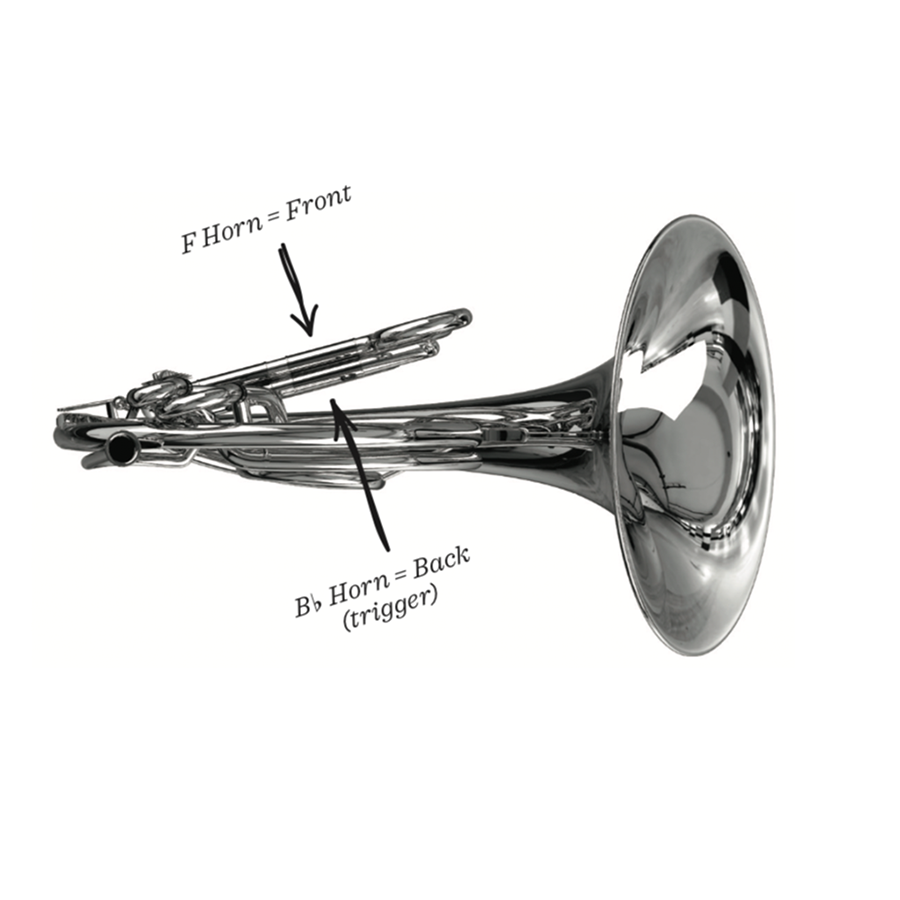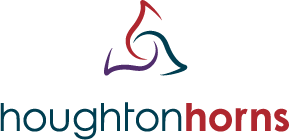Tuning setup
Unfortunately, there is no perfectly tuned horn. However, there are a few simple guidelines for establishing good intonation.
If you play a double horn (it has a trigger or thumb key that moves), it's important to be able to identify which slides are connected to the F horn and/or the Bb horn. No matter what type of horn you have, it was manufactured in the factory to be in tune with the slides pulled slightly.
Begin by locating your main tuning slide. It is always connected directly to the horn's leadpipe. On a double horn, the main tuning slide tunes both the F and Bb sides.
F horn: no trigger used
Bb horn: trigger pushed down
In addition to the main tuning slide, there is at least one more general tuning slide on your horn. To determine how this extra slide (or two) affects tuning, remove the slide and play a note on each side of the horn. If the note responds on the Bb side and not on the F side, then that's an F slide and is needed to complete the F horn. If the note responds on the F side and not on the Bb side, then that's a Bb slide and is needed to complete the Bb horn.
If you have a double horn, the valve slides are simple to identify. The larger slides in the very front of the horn are connected to the F side. The smaller slides behind the F slides are the Bb slides. It's easy to remember because F is for "front" and B is for "back".

Source: Recipe for Success, Chapter 2, page 18
